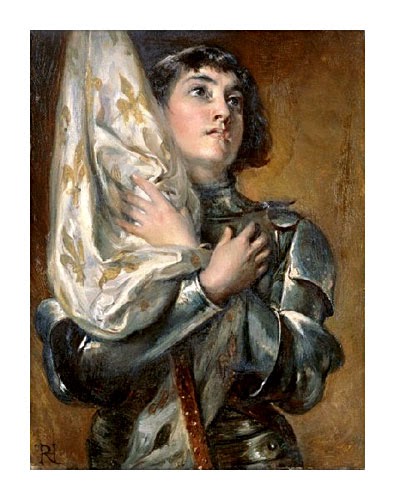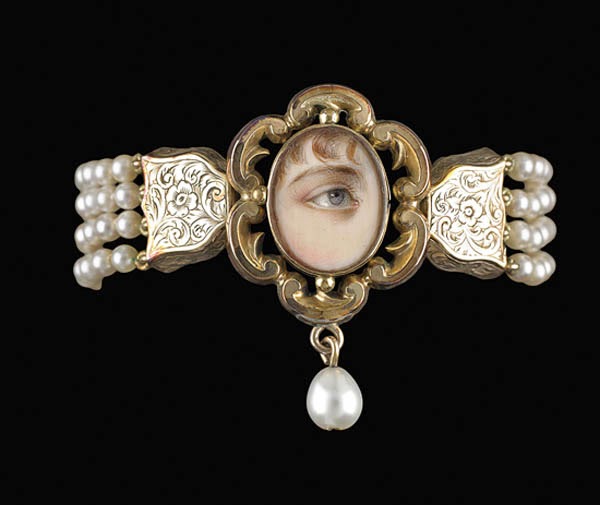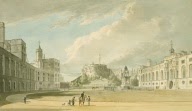by Victoria Hinshaw
On our post-Wellington tour jaunt around London, Kristine and I found another copy of the painting discussed below as appearing in the 1995 Pride and Prejudice film as it hangs in Brocket Hall, Hertfordshire, depicting George, the Prince of Wales, and his horse’s behind. It hangs in the Theatre Royal Drury Lane.
Originally published April 2010
In May of 2009, my husband and I visited Brocket Hall, formerly the home of Lord Melbourne, now part of a golf complex. The house, in excellent condition, serves as a venue for corporate events and weddings. Brocket is located near Hertford and Hatfield just north of London. Part of the original land of the adjacent country homes of the London wealthy has been developed into Welwyn Garden City.
The ballroom in Brocket was used for the interiors of Netherfield, the home rented by Mr. Bingley, in the 1995 BBC version of Jane Austen’s Pride and Prejudice. In the picture above, you see Mr. Darcy and Elizabeth leading the country dance. In the far background, you can barely make out a portrait of George, Prince of Wales, standing beside the rump of his horse. The painting, by Sir Joshua Reynolds, was presented to Elizabeth, Lady Melbourne (mother of the Prime Minister), who reputedly was the mistress of the Prince for a time.
Here is another view of the painting behind Mr. Darcy.
I laughed when I saw this painting, a copy of which I have been unable to locate on any website pertaining either to the Prince of Wales (later George IV) or Sir Joshua Reynolds.
The pose reminded me of a famous view of George Washington by Gilbert Stuart. A version of this painting hung in the Elgin Academy Art Gallery where I played at my piano teacher’s annual recital for her students and their parents. There are other versions of the Stuart portrait, chiefly belonging to the Boston Museum of Fine Arts. I have always wondered how many of my fellow performers looked up in the middle of their playing to be faced with that horse’s . . . ah . . .tail.
Above is another example. This is General John Manners, Marquis of Granby, who was painted by Reynolds in about 1765. He died before he succeeded to the title of Duke of Rutland. This painting hangs in the Ringling Museum of Art in Sarasota, Florida. The General was a popular figure, hence many pubs in England named The Marquis of Granby.
Above, another painting by Gilbert Stuart. The subject is Louis-Marie, the vicomte de Noailles (1756-1804), who fought with the Americans during the Revolution. He returned to France but was driven out after their revolution and moved to Philadelphia in 1793. He was a banker and a friend of Washington, neither of which explains why he is standing next to his horse’s rump.
Here is my final example, a portrait of Arthur Wellesley, the Duke of Wellington. It hangs at the country home of the Duke, Stratfield Saye.
I welcome any comments, clues, or links to additional poses of generals (or anyone) with their horses’ rumps.
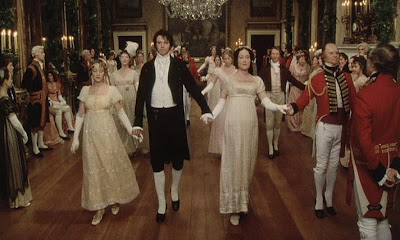





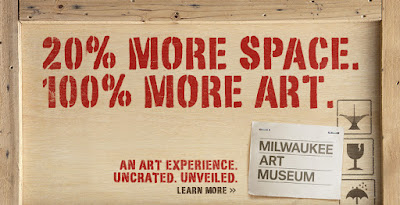

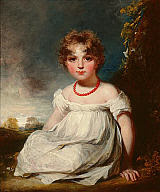


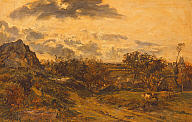




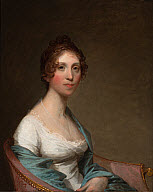





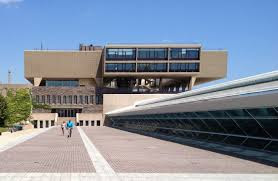





.jpg)





